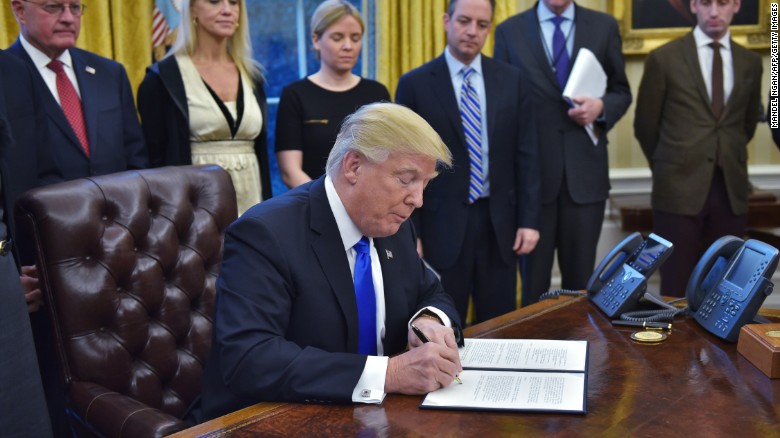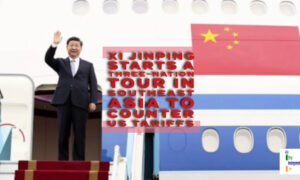
The Trade war between China and the US seems to come close to an end with the initial agreement of the trade deal between the two countries
The President of United States (U.S.) – Donald Trump has signed the in-principle agreement on ‘Phase 1’ of the trade agreement with China, signalling an end to the trade tensions between the 2 nations.
As per the agreement, the new tariffs of 15%, which were to be imposed on fresh set of Chinese goods worth U.S. $ 160 billion from December 15, 2019, have now been delayed. Besides, there will be relaxation on current tariffs as well. In exchange, China has promised to purchase more agricultural products from U.S. in tune of U.S. $ 50 billion.
The agreement was presented to Trump on Thursday, December 12, 2019 by trade advisers. The terms have been agreed but the legal text has not yet been finalized. There is also no official confirmation from Beijing.
The developments have set the Asian stock markets cheering on hope of a near trade deal. Japan’s Nikkei 225 index rose 2.3% and Hong Kong’s Hang Seng rose 2%. The Shanghai Composite also added 1.2%. Mainland Chinese stocks rose by the afternoon, with the Shanghai Composite and the Shenzhen Component both up more than 1% each. The Shenzhen composite also advanced 1.02%. South Korea’s Kospi traded 1.32% higher. Shares in Australia also advanced, as the S&P/ASX 200 gained 0.53%.
The new tariffs, which now stand delayed, were supposed to impact Chinses smartphones, laptops and toys. In the past, the U.S. has imposed 25% duty on about U.S. $ 250 billion of Chinese products and a 15% levy on another U.S. $110 billion of its imports.
Speaking on the occasion, Trump tweeted, “Getting VERY close to a BIG DEAL with China. They want it, and so do we!”
However, China has not yet made it clear whether it will also delay the imposing of tariffs on U.S. goods worth U.S. $ 75 billion.
Trump’s move gains significance as U.S. is getting ready for Presidential polls in 2020 and Trump is leaving no stone unturned to highlight the achievements of his Government. Striking a deal with China and ending the trade war would be a major boost to his election campaign. There are also speculations that a new set of tariffs by U.S., may have compelled China to institute its “unreliable entities list”, which would mean that U.S. firms working in China would be penalised.
Prior to this, Trump had announced that U.S. and China are very close to finalising the ‘Phase 1’ of the trade deal. The announcement was made after top negotiators from both the countries spoke over telephone on November 26, 2019 and agreed to work in collaboration.
Separately, according to the data released by National Bureau of Statistics (NBS) of China, its economy grew by 6.0% in the 3rd quarter of 2019, the lowest growth rate since growth recording was started in March 1992. The profits at China’s industrial firms fell 9.9% in October 2019 as compared to 2018 for the same period, marking the steepest fall since 2011.
October’s fall in profits to 427.56 billion Yuan (U.S. $ 60.7 billion) was worse than a 5.3% contraction in September 2019. The contraction was the third straight month of decline. In the first 10 months of the year, combined profits at Chinese industrial enterprises decreased 2.9% Year-On-Year. However, the analysts are hopeful that if the trade war with U.S. comes to an end, the Chinese economy could register a growth of 6% in 2020 and may exceed it.







